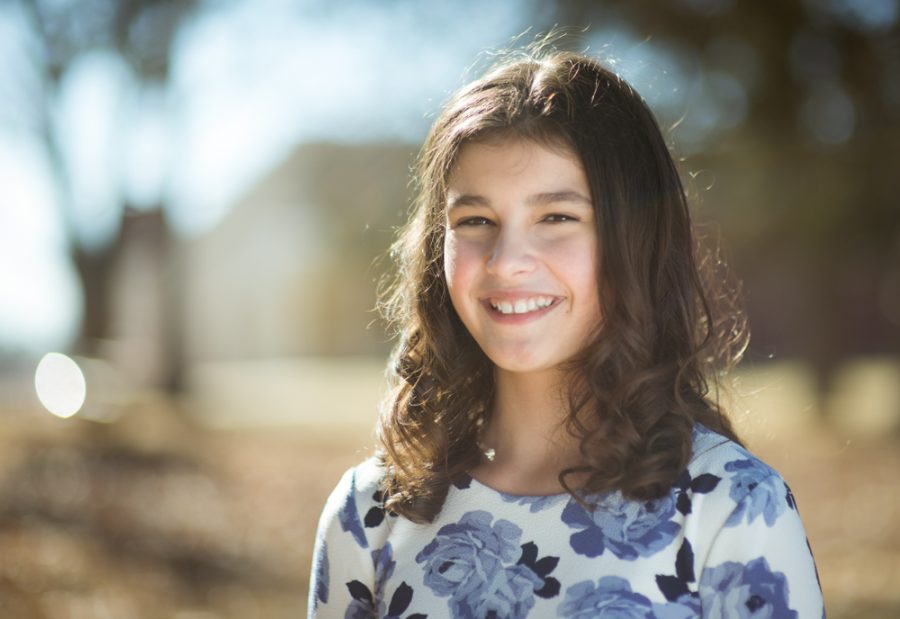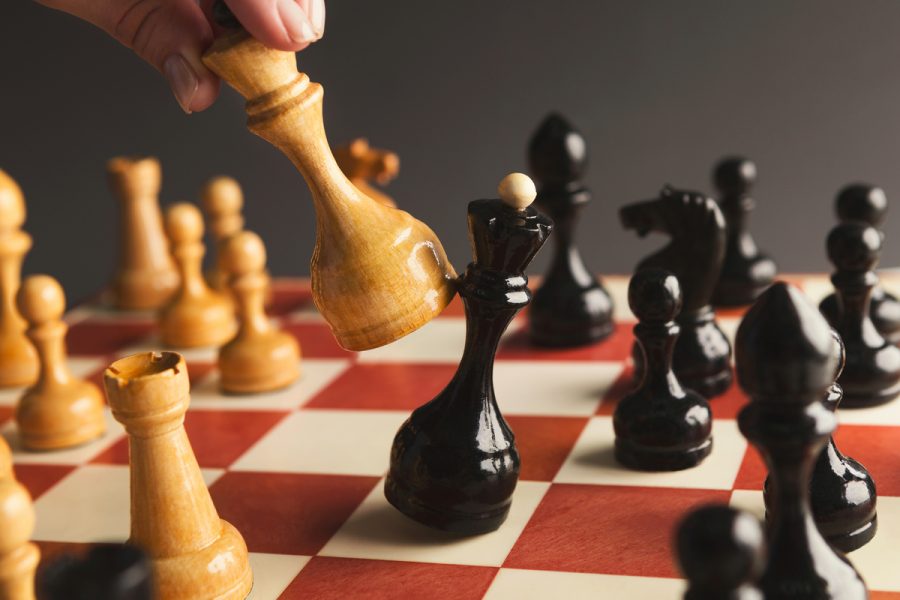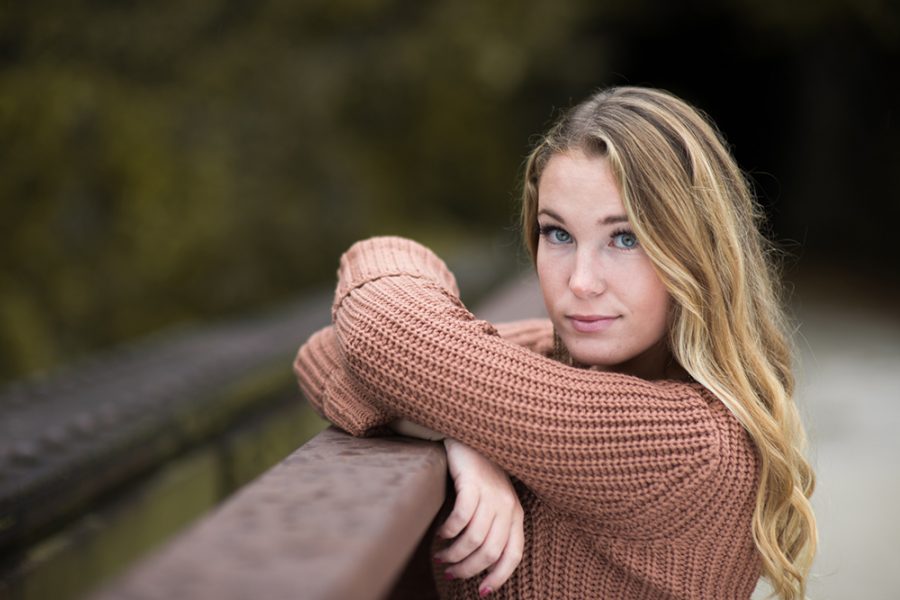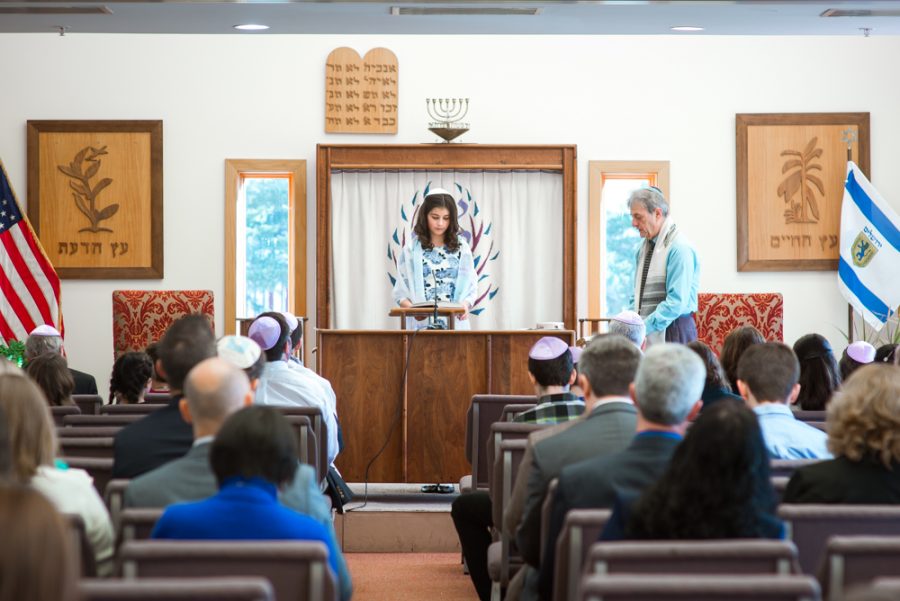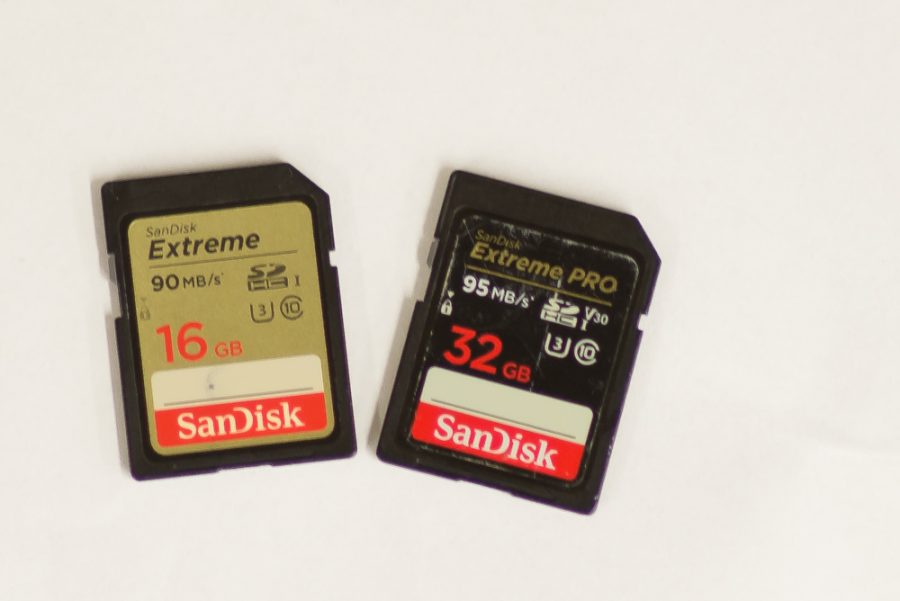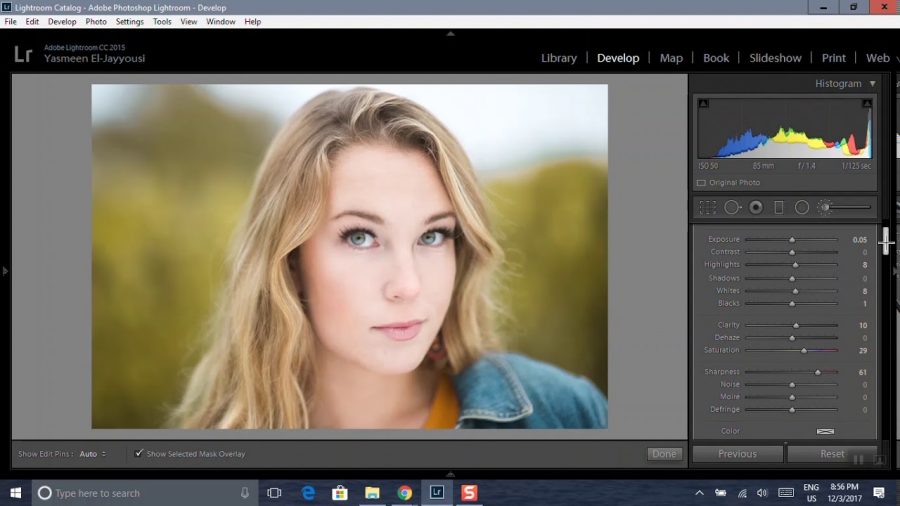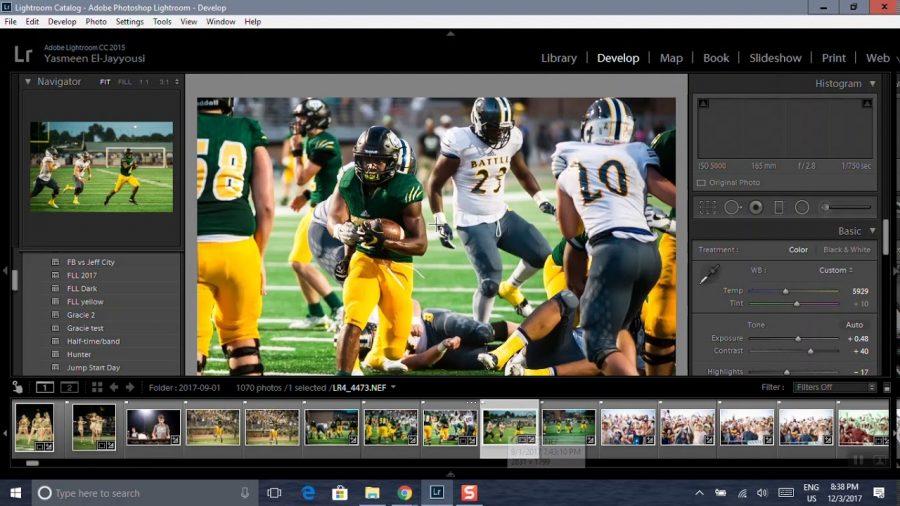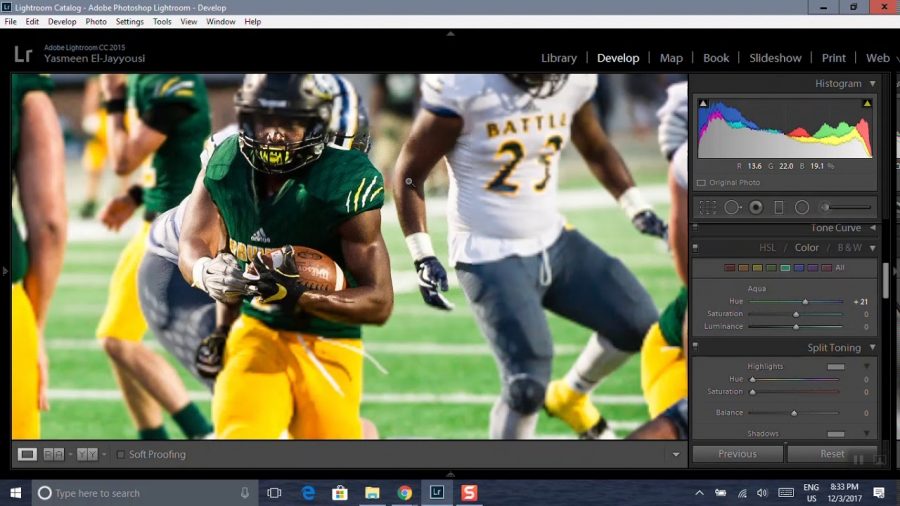Every time I post one of my senior portraits, I’m always asked, “How did you get the lighting to look like that?”, “Did you use an on-camera flash or strobes?” and my favorite, “How did you get your photo to look like SilverBox Photographers (a local professional photographer)?”
The only source of light I use for my senior portraits is natural light. I do, however, use a reflector to manipulate the light in ways that can create a more flattering image of the subject. A reflector is the only thing keeping you from creating a professional looking portrait.
A reflector looks like a sunshade for your car but comes in many different shapes, sizes and materials. Most reflectors come in what is called a 5-in-1 reflector. This does not mean you will receive five different reflectors, but that the fabric covering the structural part of the reflector can be turned inside out, each side having a different type of material or reflector.
The five types of reflectors that will come with a 5-in-1 reflector are:
- Silver – This will reflect the most amount of light in a cooler temperature
- Gold – This will also reflect the most amount of light but in a warmer temperature
- White – This will reflect significantly less light but create the softest and most diffused light
- Black – This is not used by many people but can block out unwanted light hitting the subject
- Diffuser (the middle structural part of the reflector) – This is a translucent material that does not reflect light but diffuses light coming through it to make harsh light softer


A reflector is a piece of equipment that every photographer should have. It will take your photography to a whole new level without breaking the bank. Reflectors can be as cheap as $10 from amazon.com depending on the size you purchase. The one I use is quite large (32in x 48in) and are found on amazon.com for $25 here(link).




















































































